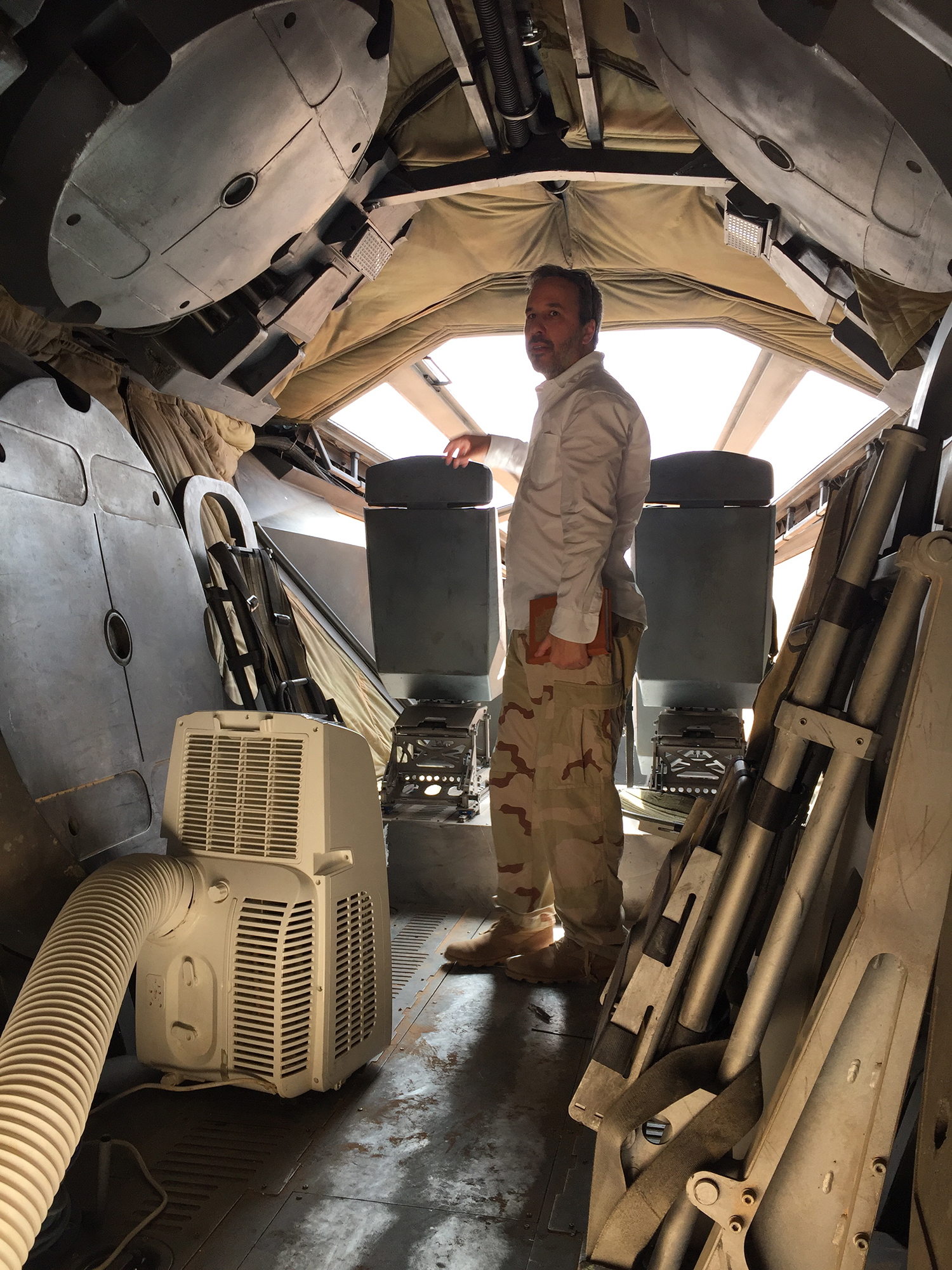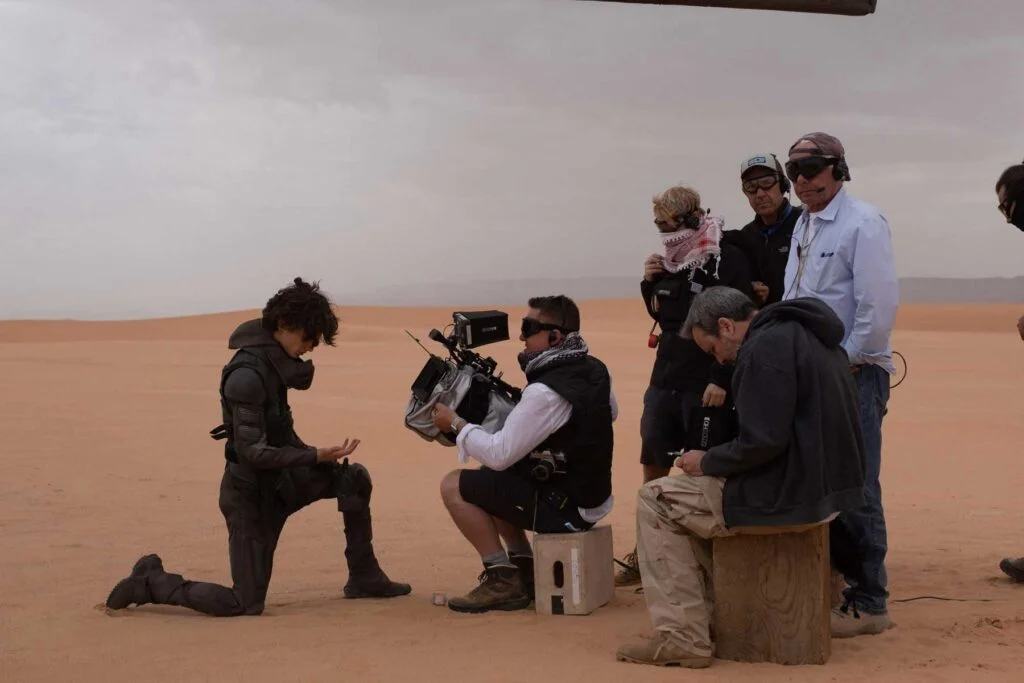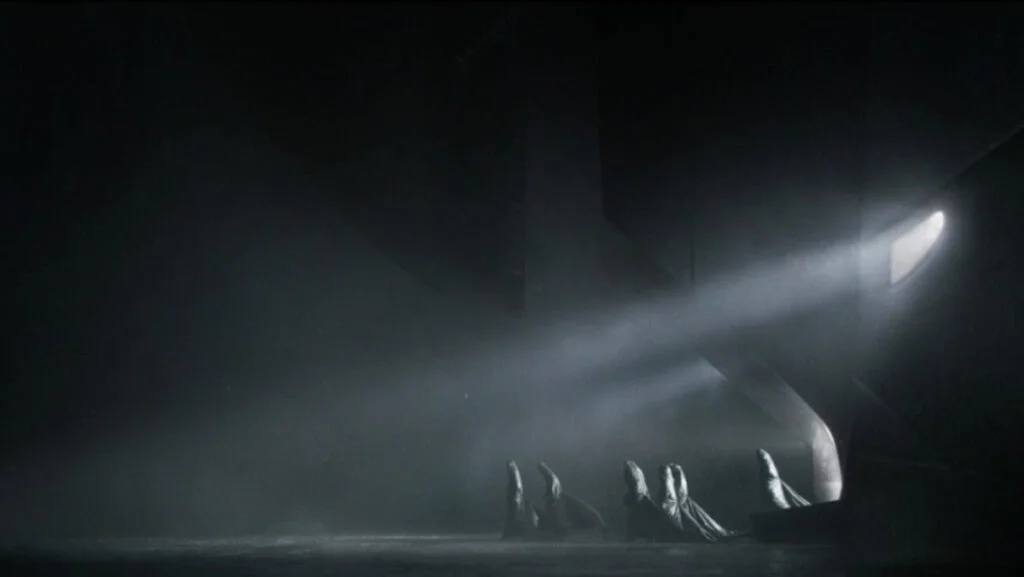Canadian film director Denis Villeneuve has produced some of the most eye-catching movies within the past decade. To name a few; Prisoners, Sicario, Arrival, Blade Runner 2049, and of course Dune: Part One. In a recent interview with The Hollywood Reporter, Villeneuve discussed his lifelong dream of adapting Frank Herbert’s 1965 science fiction novel into a big-budget movie. While having access to today’s advanced technology for visual effects (VFX) and set design, he states that his approach to cinematography is more “old-fashioned”, especially in regards to creating realistic environments.
Well, first of all, it is important to say that I invented nothing here, we’ve been making movies like that since 120 years ago. I’m just old-fashioned. Why? I think it’s because [of] having been born as a filmmaker doing documentaries, always reacting with the camera, being in a relationship with reality. I feel that I’m not inspired by virtual environments. If you put me in a blue room, I have no idea where to put the camera. I love reality—how it does inspire. I still think that the actors are more [immersed] and there are so many more things that they need to bring in front of the camera. The more you can give them, the easier it will be for them to be able to focus on things more clearly. For me, as a cinematographer, I’m old-fashioned; I need real things.
Denis Villeneuve, speaking to The Hollywood Reporter

Having the ability to create a blockbuster sci-fi movie is a challenge in the first place. Minimizing green screen and tools used in VFX may be Villeneuve’s preferred method, but ultimately in a film of this magnitude it’s not possible to avoid this completely. Following his work in the sci-fi genre over multiple years, the director felt that he finally had the knowledge to approach Dune. He was able to film Dune, because of Bladerunner 2049. That worldbuilding and VFX experience gave Villeneuve confidence to tackle his dream project. This all stems from a 13-year-old and his obsession with the novel.
At first, when I read [Dune] as a teen, 13 years old, I just was mesmerized by the book. I became obsessed with Frank Herbert; I read all his work. It’s just a book that stayed with me through the years, and I kept saying to myself that there was something there. But of course, it was just fantasy.
Villeneuve elaborated on how living in Canada added physical distance on his path towards filming a movie of this scale. Having the right circumstances to work in the United States was one factor, not to mention the rights even being available to create a new Dune film. These were not things that could be planned, of course. For years Villeneuve would keep an eye on Dune‘s production rights, in order to know if and when the property would become available for something big.
I knew she [Mary Parent, Dune producer] was about to get the rights. I knew some production companies were trying to get the rights. Someone at the Venice Film Festival asked me, on the Arrival press tour, what will be one of my dream projects, and I said Dune…Mary read that and called me right away.
When filming these massive fantasy stories, they are usually broken up into multiple movies. The release schedule is also tied to when they are made. There are two common approaches to producing these epic series: biannual and biennial. Biannual simply means twice in the same year and that doesn’t happen very often; most noteworthy is Peter Jackson’s The Lord of the Rings trilogy, which was filmed back to back to back (late-1999 to late-2000). In the case of Dune it’s the latter, with the two movies releasing two years apart.

[Biannual filming] is exactly what I wanted to do. I wanted to do both movies at the same time, back to back; that made total sense to me, so like, you do it, and it’s done. But, it was too expensive. The studio said to make it into two parts was not a discussion. Everybody understood that the book was too dense. [The studio] said ok, two parts, but you shoot part one first, and then we’ll see. I agreed with that, and frankly, I’m grateful it happened this way. My team and I were totally exhausted after shooting in the desert. It was very physically demanding, and I learned so much in the first part. Now I can do the second part, having learned massive lessons about the filmmaking application.
While dividing the novel into separate films you still have the audience to worry about. When we think of authors such as J.R.R. Tolkien and J.K. Rowling, nowadays the majority of people have heard of them and their written works or film adaptations. Awareness of Frank Herbert’s Dune was generally more split across society. Prior to the new movie, either you were familiar with Frank Herbert and Dune or you were completely new to the story. There really was no middle ground. So Villeneuve had to make a movie, set in a fantasy universe with complex ideas, that can be appreciated and understood by both audiences.
What is the biggest challenge people always ask me, technically shooting in the desert? No, it was the writing; the writing is the toughest part. Right from the start, I went to this idea; I perceived the book when I was 13 years old; I had a very visceral reading when I read it. After I read it again, I discovered new things and new layers to the novel. My first time when I read it, it was all about Paul Atreides and his relationship with his mother and the Bene Gesserit Sisters. I focused on Paul and the Lady Jessica; the way we open this adaptation for those who know the book, there are a lot of different characters and cultures, but I specifically focused on the one aspect of it in order to bring a simple structure.
While Dune may be considered a masculine book, it is vital to have a cast that can represent the voices from novel to screen. Having so many different characters can be challenging, but making the best choices for the female roles was incredibly important as well. The four major female roles cast in Dune are Zendaya as Chani, Rebeccas Ferguson as the Lady Jessica, Charlotte Rampling as the Reverend Mother Gaius Helen Mohiam, and Sharon Duncan-Brewster as Liet-Kynes. Villeneuve talks about how these characters were emphasized in the movie and how central the women of Dune are to its story.
It’s all in the book, and it was all present, but it is a very masculine book, but there are seeds of feminism that I’m moved by. It felt more contemporary, more relevant to approach a novel with this angle. We put more emphasis on the Lady Jessica, and by the way, she is at the epicenter of the story; all of the story unfolds because of her, and because of her decisions, she’s at the heart of the story. We just removed the distractions around her and just focused on her and Paul. Jon Spaihts [screenwriter] came up with the brilliant idea to transform Doctor Kynes to flip gender as a female, which makes total sense. It came from an impulse I had to bring more femininity into the movie.

This interview by The Hollywood Reporter with Denis Villeneuve offers a more in-depth understanding of the director himself and his journey from boyhood to Canadian filmmaking to working on big-budget films here in the United States. He reveals insights about his successes in past films, as well as answering questions from students regarding being a cinematographer and its challenges. Be sure to check out the full podcast (76 min) here:



